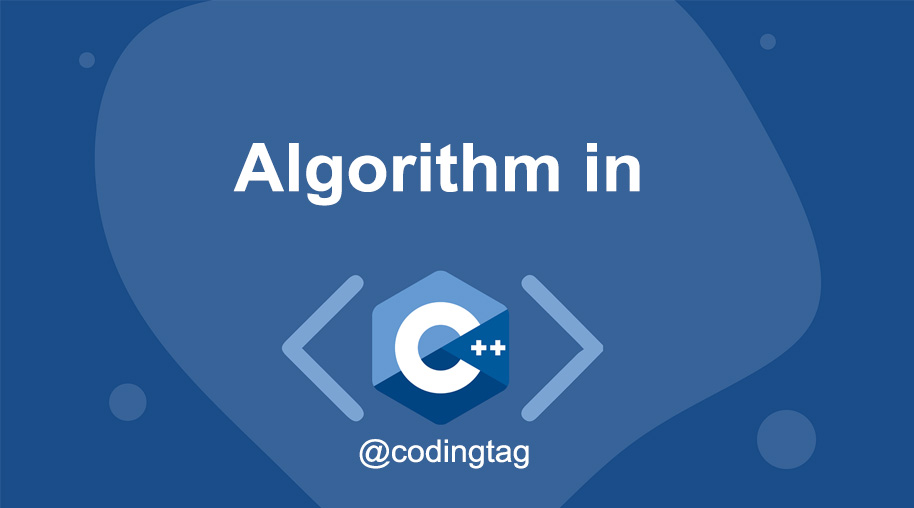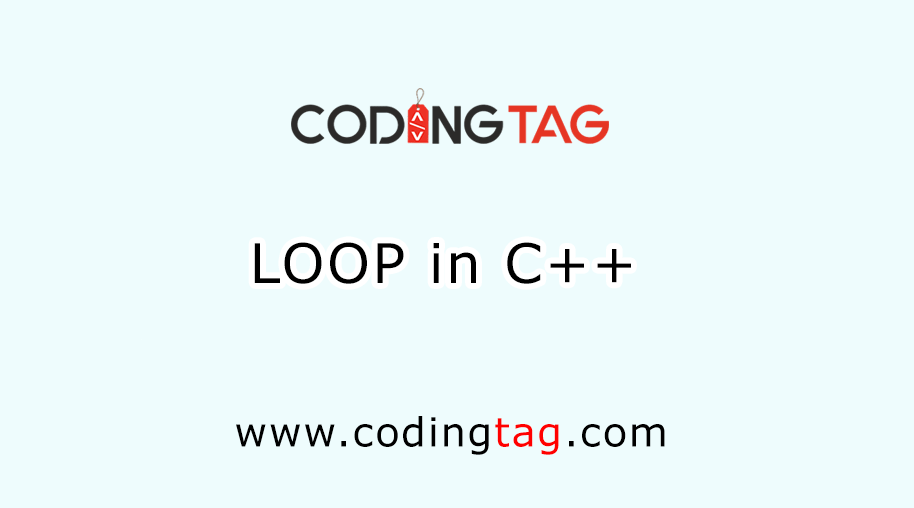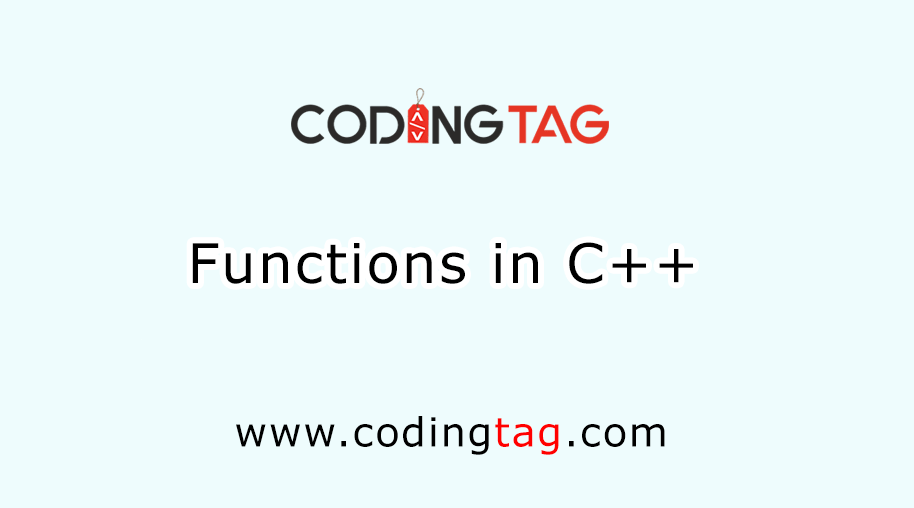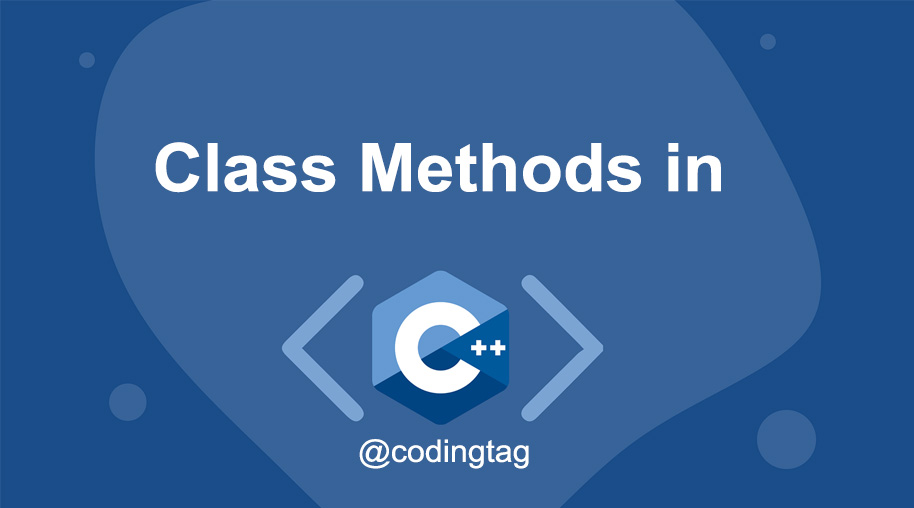Queues in C++
0 719
Queues are an essential data structure in Object-Oriented Programming (OOP). In C++, the Standard Template Library (STL) provides a built-in queue container that operates on the First-In-First-Out (FIFO) principle. This blog post explores queues in C++, their implementation, and common operations.
What is a Queue?
A queue is a linear data structure that follows the FIFO principle, where elements are added at the rear and removed from the front. This behavior is analogous to a real-world queue, like a line of customers at a bank.
Creating a Queue in C++
To use a queue in C++, include the `
#include <iostream>
#include <queue>
using namespace std;
int main() {
queue<string> cars; // Create a queue of strings
return 0;
}
Note: The type of the queue (e.g., `string`) cannot be changed after declaration.
Adding Elements to a Queue
Use the `.push()` function to add elements to the rear of the queue:
cars.push("Volvo");
cars.push("BMW");
cars.push("Ford");
cars.push("Mazda");
After these operations, the queue will look like:
Volvo (front) BMW Ford Mazda (rear)
Accessing Elements in a Queue
You can access the front and rear elements using `.front()` and `.back()` respectively:
cout << "Front: " << cars.front() << endl; // Outputs "Volvo" cout << "Rear: " << cars.back() << endl; // Outputs "Mazda"
Removing Elements from a Queue
Use the `.pop()` function to remove the front element:
cars.pop(); // Removes "Volvo"
After popping, the front of the queue becomes "BMW".
Checking if a Queue is Empty
The `.empty()` function checks whether the queue is empty:
if (cars.empty()) {
cout << "The queue is empty." << endl;
} else {
cout << "The queue is not empty." << endl;
}
Determining the Size of a Queue
The `.size()` function returns the number of elements in the queue:
cout << "Queue size: " << cars.size() << endl;
Iterating Through a Queue
To iterate through a queue, you can use a loop that pops elements until the queue is empty:
while (!cars.empty()) {
cout << cars.front() << endl;
cars.pop();
}
Note: This method modifies the queue by removing its elements.
Conclusion
Queues are a fundamental part of C++'s STL, providing an efficient way to handle data in a FIFO manner. Understanding how to implement and manipulate queues is crucial for various applications, including task scheduling and buffering.
For dedicated UPSC exam preparation, we highly recommend visiting www.iasmania.com. It offers well-structured resources, current affairs, and subject-wise notes tailored specifically for aspirants. Start your journey today!

Share:







Comments
Waiting for your comments